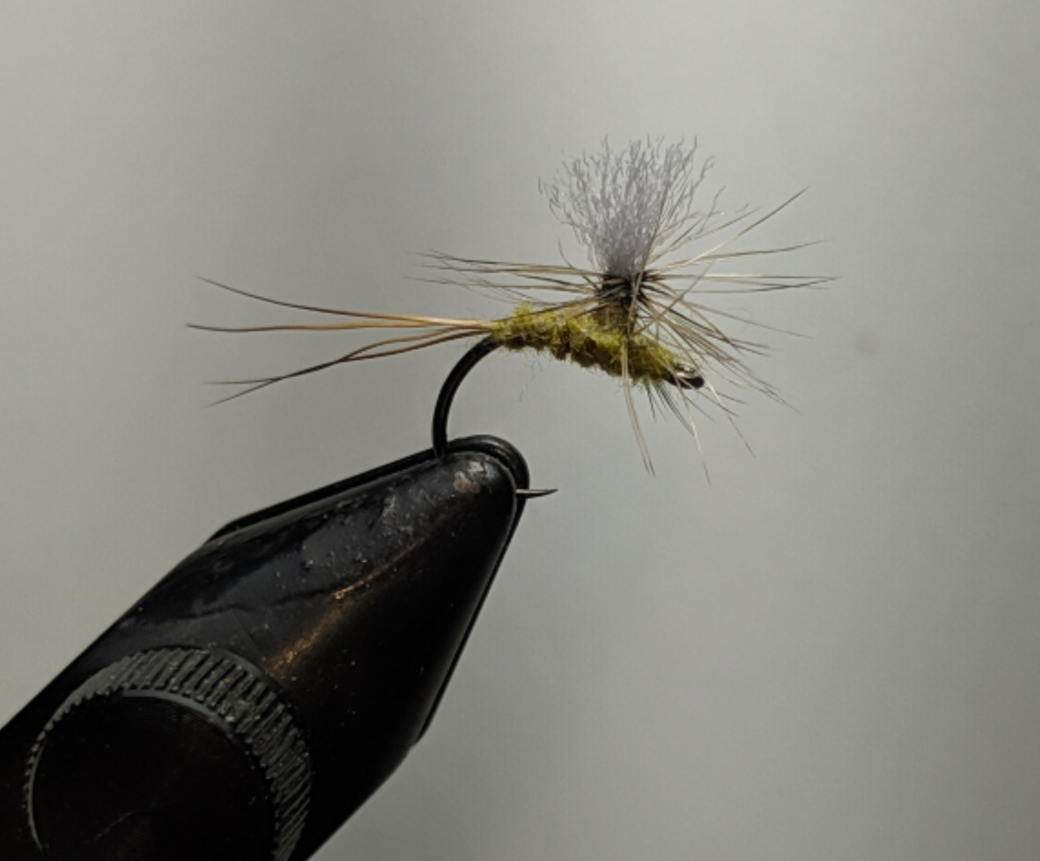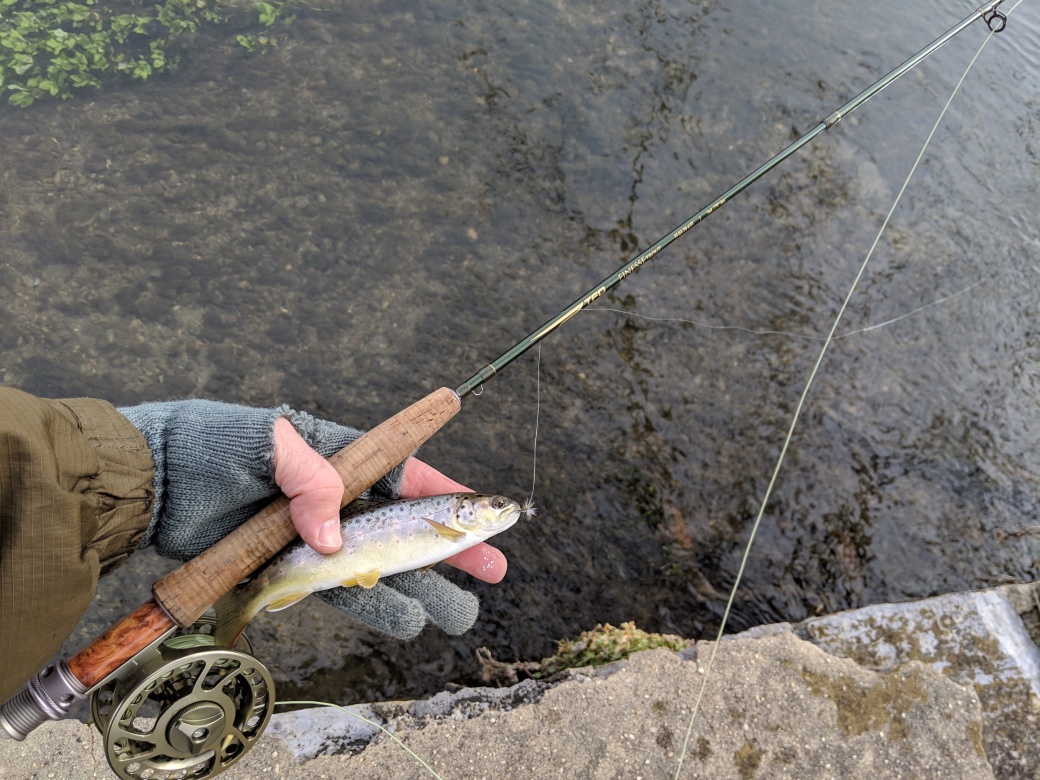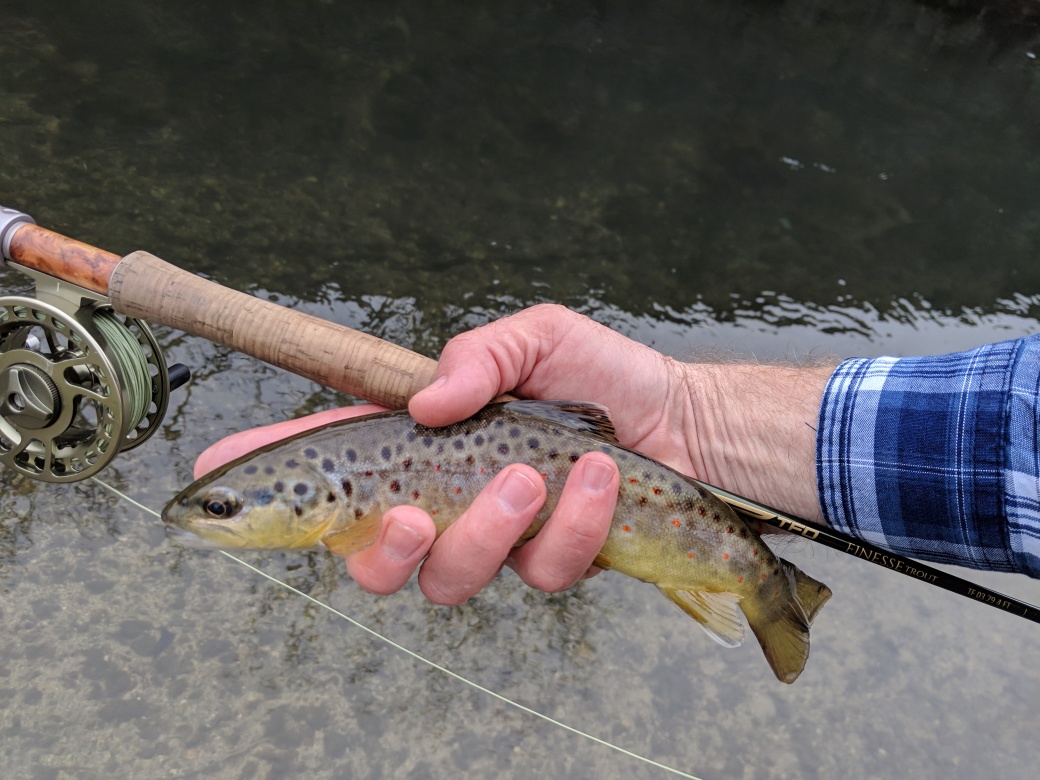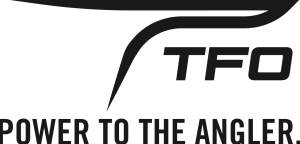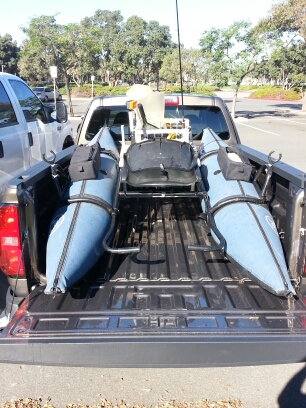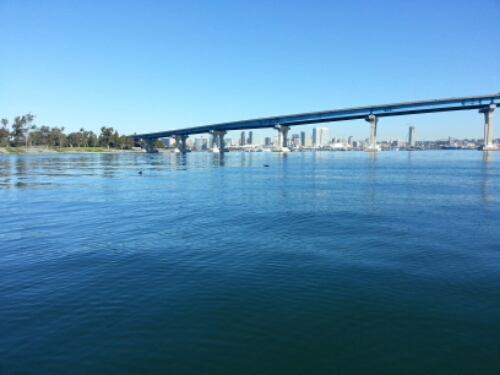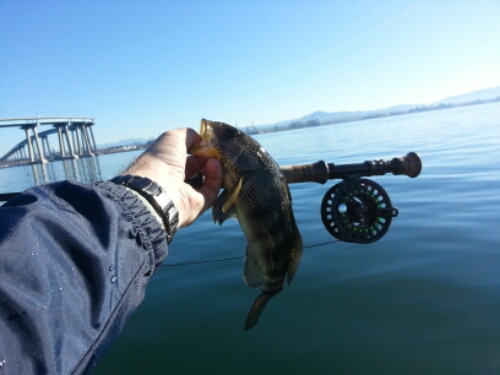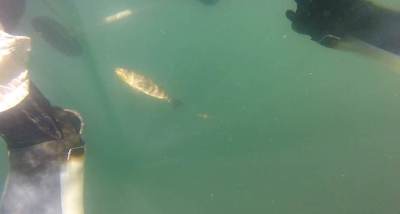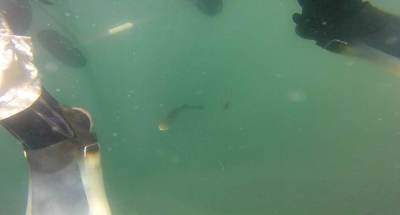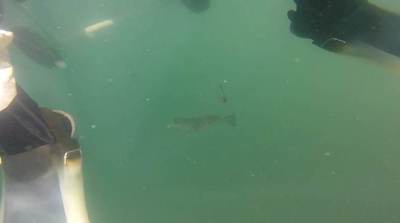It was not hard to spot. The belly of the dead trout stood out like a neon sign on the bottom. The watercress and moss which normally covered the rocks were absent. The water was crystal clear, not being cluttered with bits of water plants and the critters living amongst their greenery floating down stream. So, the carcass of the large trout caught my eye from 30 yards up stream. It was heart breaking.

Dead Brown Trout.
I was in Pennsylvania to visit my daughter for Thanksgiving. Fishing was not my principle goal but she does live 30 minutes from some great water. I didn’t pack waders, just a rod and some flies. If time permitted I hoped to fish Letort Spring Run. I had spent the previous spring learning her secrets and was anxious to see if the runs wild browns missed me.
Family plans and weather aligned to allow me a morning on the steam. I arrived and immediately noticed that the mats of watercress I’d learned to appreciate were gone. I knew that a contractor installing a temporary sewer line had caused a fish kill in July by spilling chemicals. I didn’t think it had killed the plants too. If not the spill, something else had defoliated this little brook.
I still had hope. I rigged up and fished a number of holes that always produced. My hope wained with each drift. There was not a sign of life. No bugs hatching. No fish darting for cover. No ducks or muskrats. Then I saw the brown belly up on the bottom. It was two feet long with a big heavy head. Likely she came up to spawn but I have seen wild fish like her in other seasons, lurking in the deepest holes. It didn’t really matter where she came from. What matters is that she died where she should have thrived. What should be a fish factory teeming with life was a graveyard. It was heartbreaking.
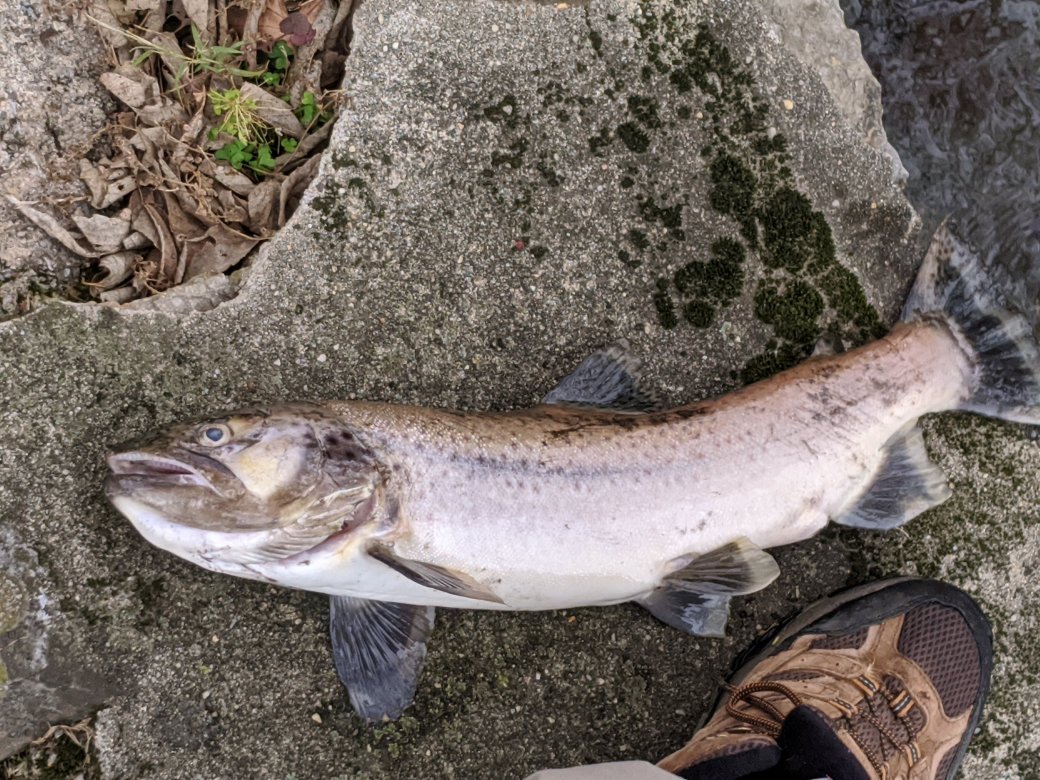
Large brown trout found dead in the Letort.
I packed up my gear. Any desire to fish was snuffed out by the sight of that dead fish. One dead fish would normally not hit me so hard but this stream is special. The devistation of the whole eco system is what killed the joy that morning. A spring creek once filled with wild trout is now barren.
As with any heartbreak, this will heal. There is a strong advocacy from the Cumberland Valley Trout Unlimited Chapter and the Letort Stream Keepers. The upper reaches of the Letort have been preserved and efforts are ongoing for the rest of the run. The stretch I visited runs through Carlisle Barracks, a small Army post. Between the upper run and the base the stream flows through the town of Carlisle. The runoff from streets and lawns ends up in the cold spring water. Bottles, cans, shopping carts, trash bags and the like all end up in the stream.
Despite this abuse, the Letort produces wild brown trout. The aquatic plants are home to scuds while mayfly and caddis nymphs live amongst the rocks. Sucker fingerlings hide in cracks and crevices. All provide the protein diet trout need. The plants will come back as will the bugs and baitfish. Then the trout will return.
In town, just along the base fence I saw five trout. A big hen with three males and a smaller hen. She was about the same size or perhaps a tad larger than the dead fish. They where doing what brown trout everywhere do when the days shorten and leaves change: spawning. At first it did my heart good to see them starting life where it had been removed. Then I realized that those eggs would likely not survive whatever poison was in the water or if they did the fry would find nothing to eat. Still, they were demonstrating the resolve if wild things to adapt an overcome.

A hen and three males.
Above town, in the unaffected waters, trout were also spawning in the redds, laying eggs that may become the very trout that will again lay in the runs I love to fish. Perhaps I will find my way back and make new memories that will dim the scars on my heart caused by my visit to the Ghost Crick.

A wild Letort Brown from better times.

